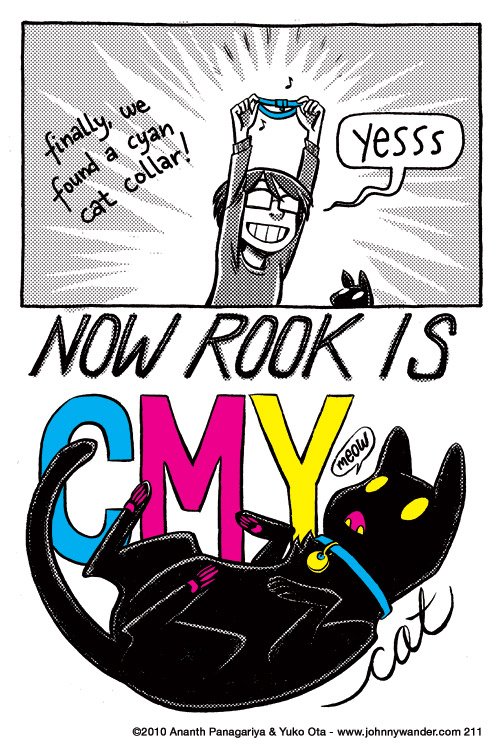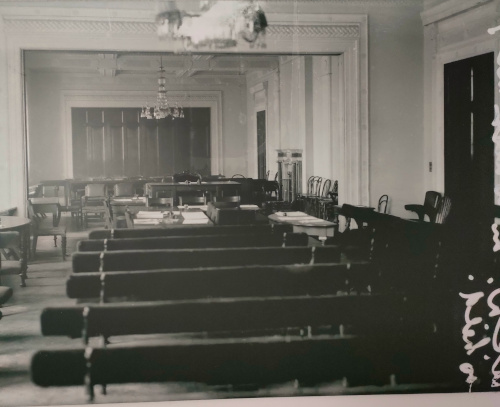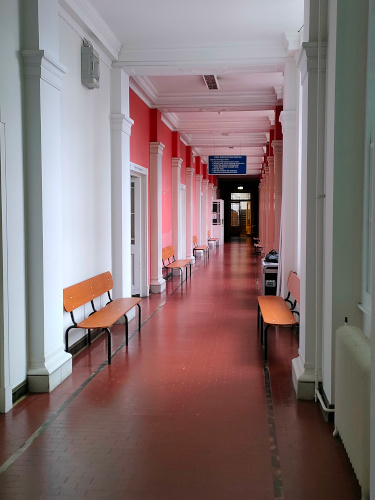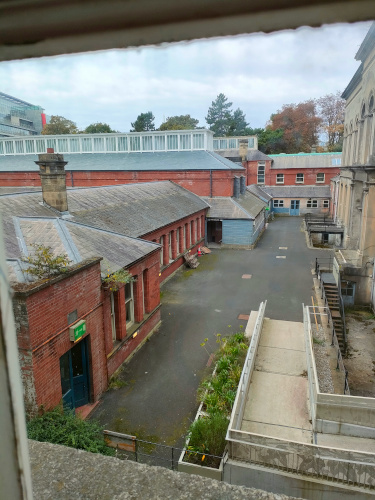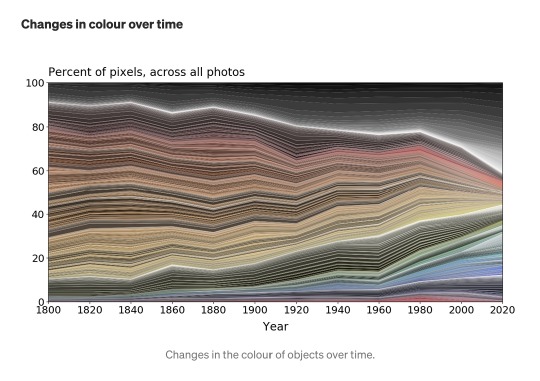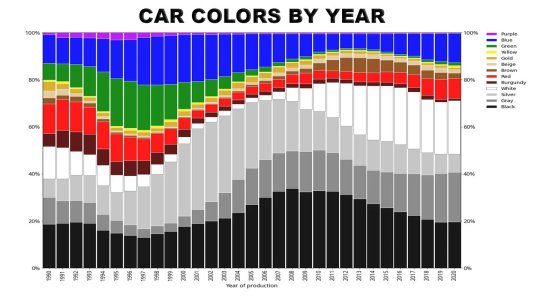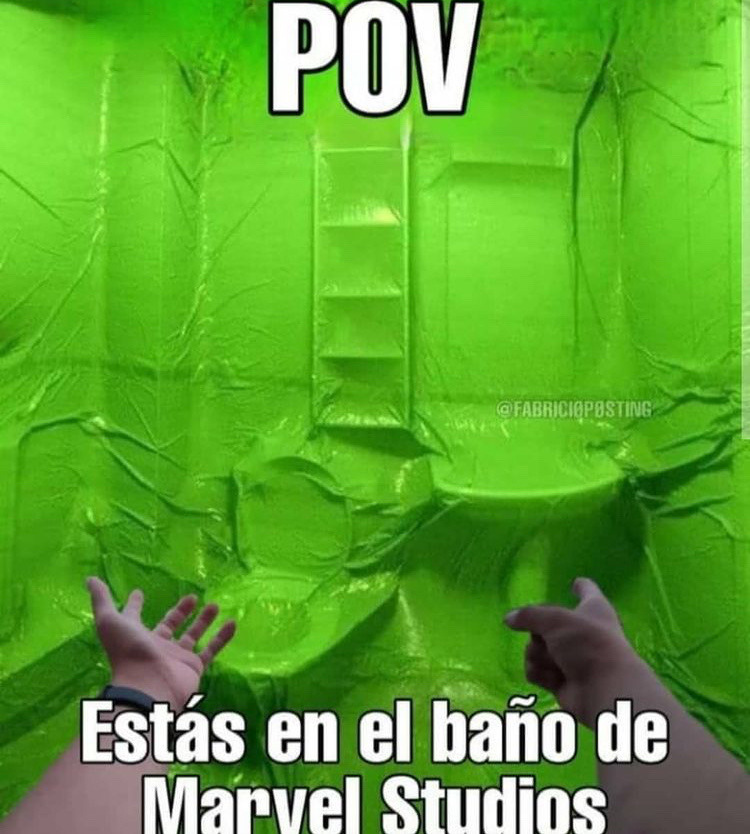There’s a lot going on this week in personal life, in the wider world, and in the internet world. So I thought I’d share a heartwarming story from tumblr. I’ve been a tumblr user since 2012 or so, as has probably been obvious by the amount of tumblr threads that I’ve shared, and it is a very specific culture. A lot of it is silly, a lot of it is incredibly intelligent, and most of it is anonymous.
On October 27th, tumblr user Aquila Calvitium posted this:
This user had never had a text post of theirs get more than a dozen notes, so betting against almost 700,000 notes felt like a sure bet and a funny little joke amongst their friends. Unfortunately for Aquila Calvitium, tumblr loves a challenge. The first several thousand notes were simply people reblogging the post with the air of ‘haha sucker! We’ll fix you!’ Tumblr user LizLuvsCupcakes stated the general vibe:
Well, OP, I’m officially invested in this shit. Your whiny ass is doing self care if I have to drive to your goddamn house and do it for you.
By October 30th, Aquila Calvitium had moved the deadline to the end of 2022. This still seemed like an unachievable goal.
Then after a discussion about throwing an osage orange at OP between users Headspace-Hotel and TheLeakyPen, user LaineysBucketList offered a gamechanging idea:
We should just fill this post with other interesting things as reasons to reblog it.
Within the versions of this post I’ve seen discussions of hagfish slime used as an egg white substitute; infodumping about beryls; the axial tilt of Venus; and many other interesting random facts from the interesting and random users of tumblr. This collection of smart people with wildly different interests posting informally and anonymously is one of the reasons why I still love tumblr. It’s where academics (formal and informal) go to infodump.
Another update from OP happened on November 4th.
I was going to wait until y’all hit the mark, But I feel like I should say this now
When I made this post, it was supposed to be a joke
I mean, none of my posts ever get more than 20 notes if I’m lucky, so what are the odds of one reaching 666k? Impossible, haha
But then, something happened, something I didn’t expect
People actually began to… like it? And… reblog? And comment?
Before I knew it, my notifications were swarmed with comments after comments after reblogs after comments all on this one post
Then, still in the mindset of this being a joke, I realised I’d made the goal too easy, so I upped the stakes
But… the notes just got more frequent from there
And it started to hit me just what was happening[Editor’s note: there are inserted screenshots of comments like “i Will reblog this every time i see this. you WILL do self care op,” “how does nihilism still exist. when tens of thousand of people can band together to make a stranger take care of themself,” and “get self care’d idiot <3.”]
For a while, I was overwhelmed with a feeling
A feeling I wasn’t used to
It was like… all of a sudden… I mattered…
My existance was actually noteworthy
People actually… cared?
It wasn’t a game anymore, it was a race to assure a stranger on the Internet that they were actually worth something
Hundreds of people all gathering in one online place to help out
Leaving messages and well wishes
Making me smile
Making me laugh
Funny comments
Jokes
Fun facts
Even simple comments
It all suddenly felt so real
This was never a joke to you
This was important
And I won’t let any of that go in vain
So… stay tuned I suppose
I’ll look after myself, and I’ll post proof of it too
I’ll catalogue every time I put my health first
Physical and mental
I’ll acknowledge my bad days and celebrate my good days
But most of all
I won’t forget this
Any of this
Ever
I am happy to report that today, November 8th, 2022, was the first day of self-care for the original poster. Yesterday, a mere eleven days after the first post, we went over 666,000 notes. As of writing, there are over 697k. Here is OP’s first post about self care.
Aquila Calvitium, who normally has problems eating properly, made themselves a sandwich and hung out with their family. Three cheers to OP! I hope their sandwich was tasty and that their beginning steps for self care and self maintenance take off. And if the news you see in the world is cold and unfeeling, remember how thousands of anonymous people pulled together to convince a stranger that their life matters. The world can be a wonderful place, if we let ourselves see it.

